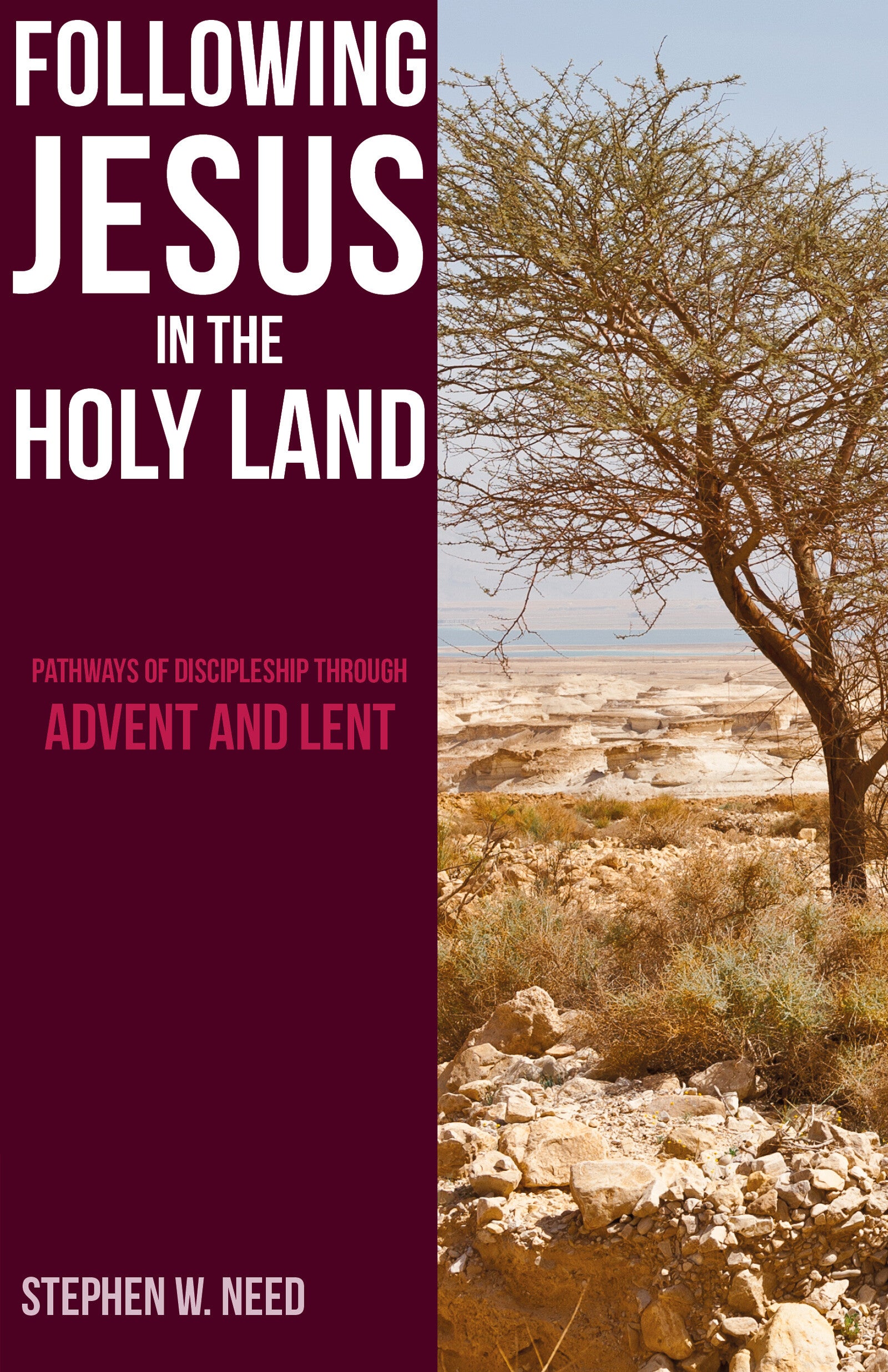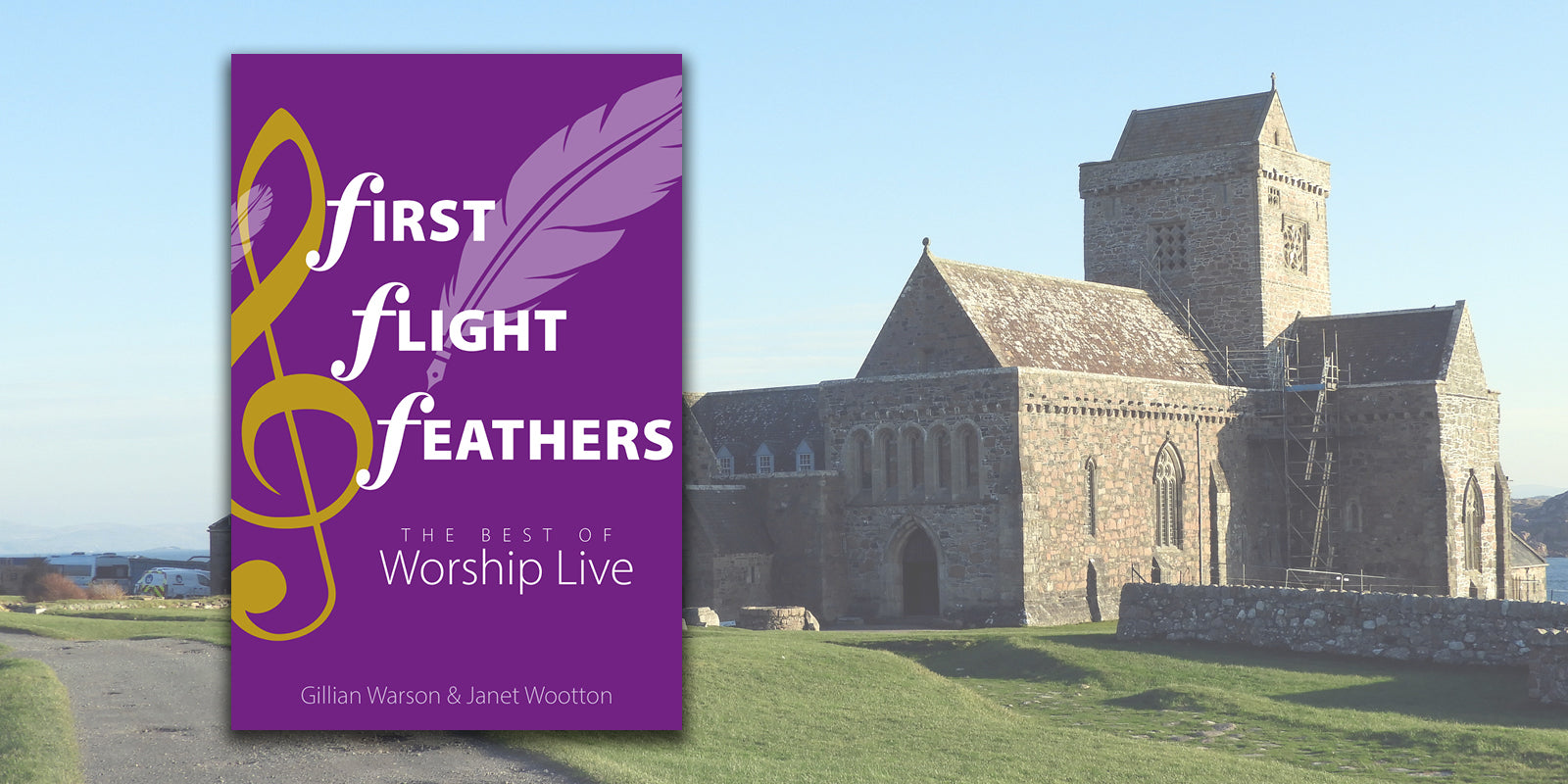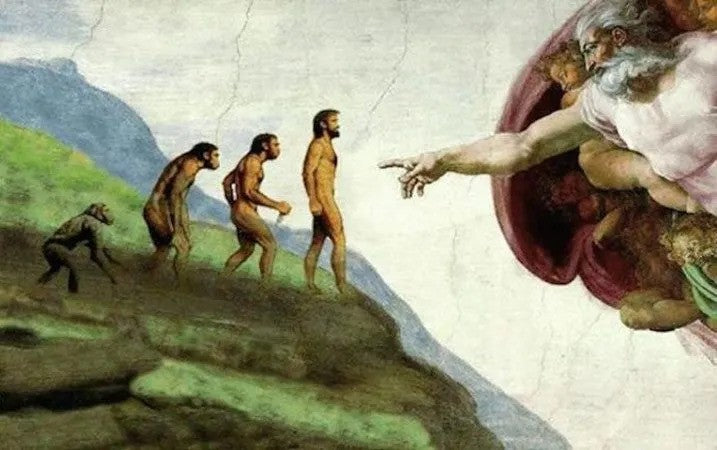 GUEST BLOG: Stephen W. Need, author of Following Jesus in the Holy Land, describes how his own experience of visiting the Holy Land inspired him to write his “armchair pilgrimage”.
GUEST BLOG: Stephen W. Need, author of Following Jesus in the Holy Land, describes how his own experience of visiting the Holy Land inspired him to write his “armchair pilgrimage”.
My new book was inspired by the Holy Land, its holy places, its history and its connections with the Bible. I first visited in 1980 and did a course at St George’s College, Jerusalem, in August 1981. This initiated a love of the land and its treasures that remains with me to this day. Living in Jerusalem and leading groups for St George’s later on, I gradually became immersed in the holy places and archaeological sites, developing a deep resonance with them. I have dedicated this book to St George’s College because it has played a formative role in my life and faith.
The places mentioned in the gospels have a rich history before the gospels were written (in the Old Testament) and later on in Christian history. Visiting places like Bethlehem and Jerusalem leaves a deep imprint on the soul. Their rich history and religious aura grip the imagination and speak volumes to pilgrims. The places are known to us initially from childhood Sunday School classes and churchgoing, from hymns and carols and from reading the gospel accounts of Jesus’ life, death and resurrection. The places themselves can nurture our faith and trigger connections for us across history. Familiarity with the places, and reading passages from the gospels at the sites over several years, helped me realise the value of “biblical geography”. Knowing some of the history of the places and where they were in relation to each other really brought the Bible to life and awakened a different sense of the stories about Jesus. Actually, my understanding of what Christianity is all about was transformed through being in the Holy Land.
And so I thought of trying to share some of this with others by writing a book. Visiting the Holy Land itself is a tremendous spur to imagining Jesus in his time and in his historical context. The humanity of Jesus comes alive, and the notion of his divinity starts to makes more sense too. The idea of a pilgrim guide book started to play on my mind. But not everyone would be able to get to the Holy Land, so perhaps a book for use at home might be more useful: a kind of “armchair pilgrimage”! Thus, the idea of this particular book was born: it would be a book for use at home and would lead individuals and groups week by week through the year, sketching a picture of Jesus and his significance for modern disciples. If readers had been to the Holy Land or were going, the book would obviously be useful too.
The idea of a book for Advent and Lent then came to me. It would need ten chapters for the ten weeks, so I chose ten important places in the Holy Land, well known to us from the gospels, using them as lenses for readers to look through. Each lens reveals something of the particular place, something of the gospel text associated with it, and something of the significance of Jesus for Christians today. Jerusalem is the beginning because it’s the place where God has been experienced so tangibly over the centuries. And the Jerusalem temple was so formative for the faith of the Jews. The Temple Mount in Jerusalem still has a seriously religious mystique about it and seemed a good place to begin contemporary thinking about Jesus.
The other places then followed Jesus’ general lifeline: Bethlehem where he was born, Nazareth where he grew up, and the River Jordan where he was baptised. This covered the four weeks of Advent, focusing on the question of how God comes to us. Part Two is for Lent, taking readers through the Judaean Desert and Jesus’ Temptations, the Sea of Galilee and his preaching of the Kingdom of God in the places around it. Then Caesarea Philippi, the most significant place of decision-making; Mount Tabor, the place of Transfiguration; and then back to Jerusalem for the Last Supper and Jesus’ death and resurrection. Lent focuses more on decision-making and discipleship.
Each chapter of the book looks at historical and archaeological elements and draws out pathways of discipleship from encountering God to following Jesus. He is one in whom God dwells and stoops to come among us, he was a man who grew in God’s wisdom and who committed himself to God, who encountered challenge and temptation in the desert but who had a vision of God’s reign and practised what he preached. Interspersed with this is the thread drawing out what Jesus’ disciples saw in him and what contemporary followers might see in him: a different understanding of God and the possibility of a new way of life.
Part of all this is the Christian responsibility of “transfiguring the world”. This is illustrated in the book by the examples of peace groups in the Holy Land and Daniel Barenboim’s West-Eastern Divan Orchestra. If we follow Jesus’ example, the world can be changed. Ways of understanding the Last Supper and the Eucharist today, and of thinking of the significance of his death and resurrection are also outlined. I didn’t want to give a final view about these things in the book, but instead to draw readers into the reality of God’s presence and the adventure and challenge of following Jesus as disciples.
Following Jesus in the Holy Land is really for practical group use. Reading the chapters and then getting together to discuss the detail and the questions is probably the best way of using the book. It will help readers to get to know the Holy Land a bit as well as the gospels and the story of Jesus as a historical figure who had a vision of God’s kingdom and revealed God to people through living that vision out. Hopefully, the book will inform and educate as well as strengthen faith and discipleship. I hope you enjoy it.
Stephen W. Need was born in Nottingham and studied theology at King’s College, London. Whilst training to be a teacher, he visited the Holy Land and became captivated by the historical, archaeological and religious elements there. His interests in the Holy Places and the archaeological sites deepened over the years, and the relation of biblical texts to the places named in the Bible became a serious interest. After teaching New Testament and Early Christianity as well as systematic and philosophical theology in several colleges, he was appointed as a lecturer at St George’s College, Jerusalem. This gave him the opportunity to get to know the historical and archaeological background to the biblical texts at first hand. He also developed an on-the-ground interest in and experience of the Israeli-Palestinian conflict. Stephen was ordained in 2008 at St George’s Cathedral in Jerusalem and served in the staff there for three years. From 2005 to 2011, he was Dean of St George’s College in Jerusalem. Stephen and his wife live in Essex where Stephen is Priest in Charge of two small villages: Stock and West Hanningfield.â
Stephen is the author of Following Jesus in the Holy Land: Pathways of Discipleship through Advent and Lent, a brand-new study book for individual and group use during the Church’s seasons of Advent and Lent. Get your copy today.











